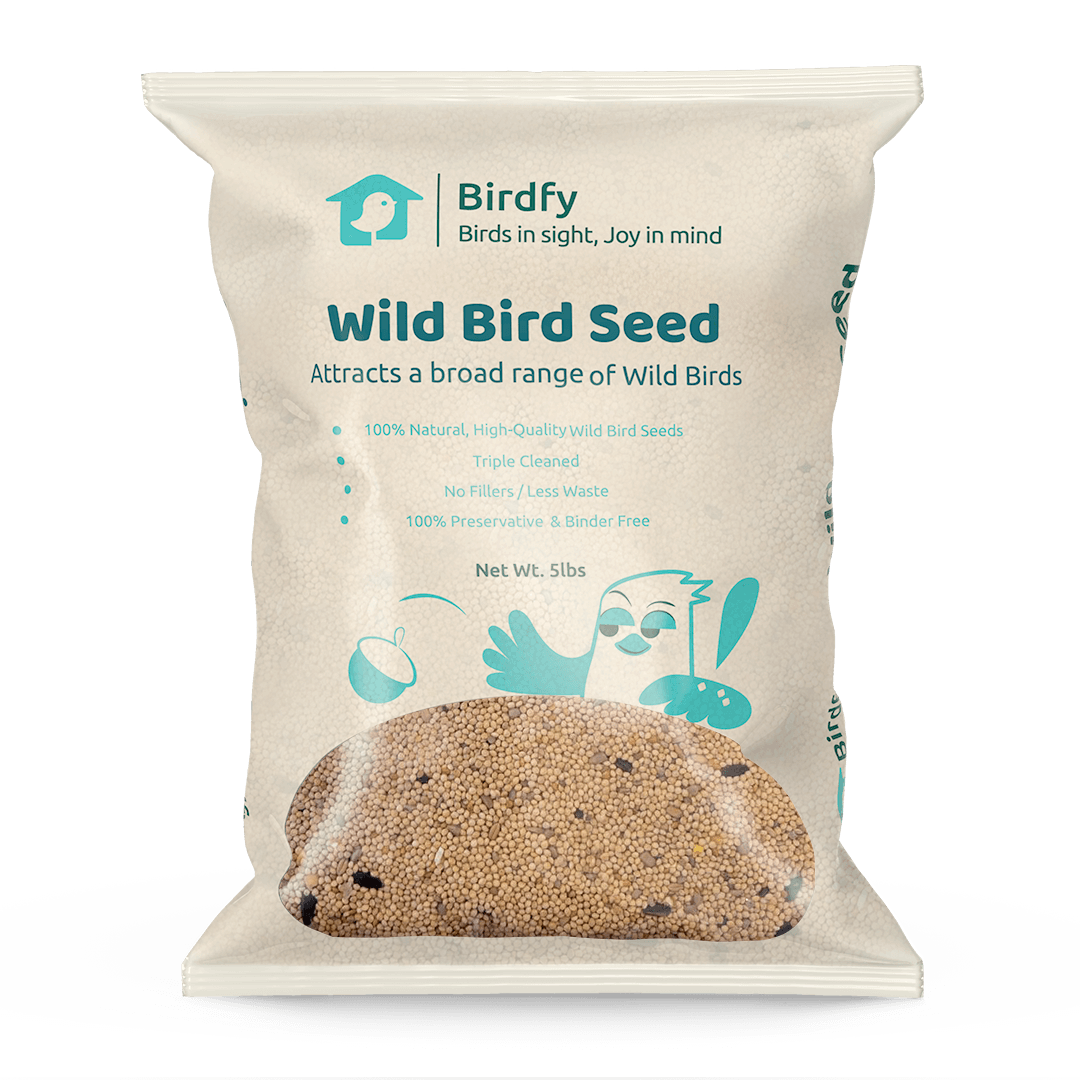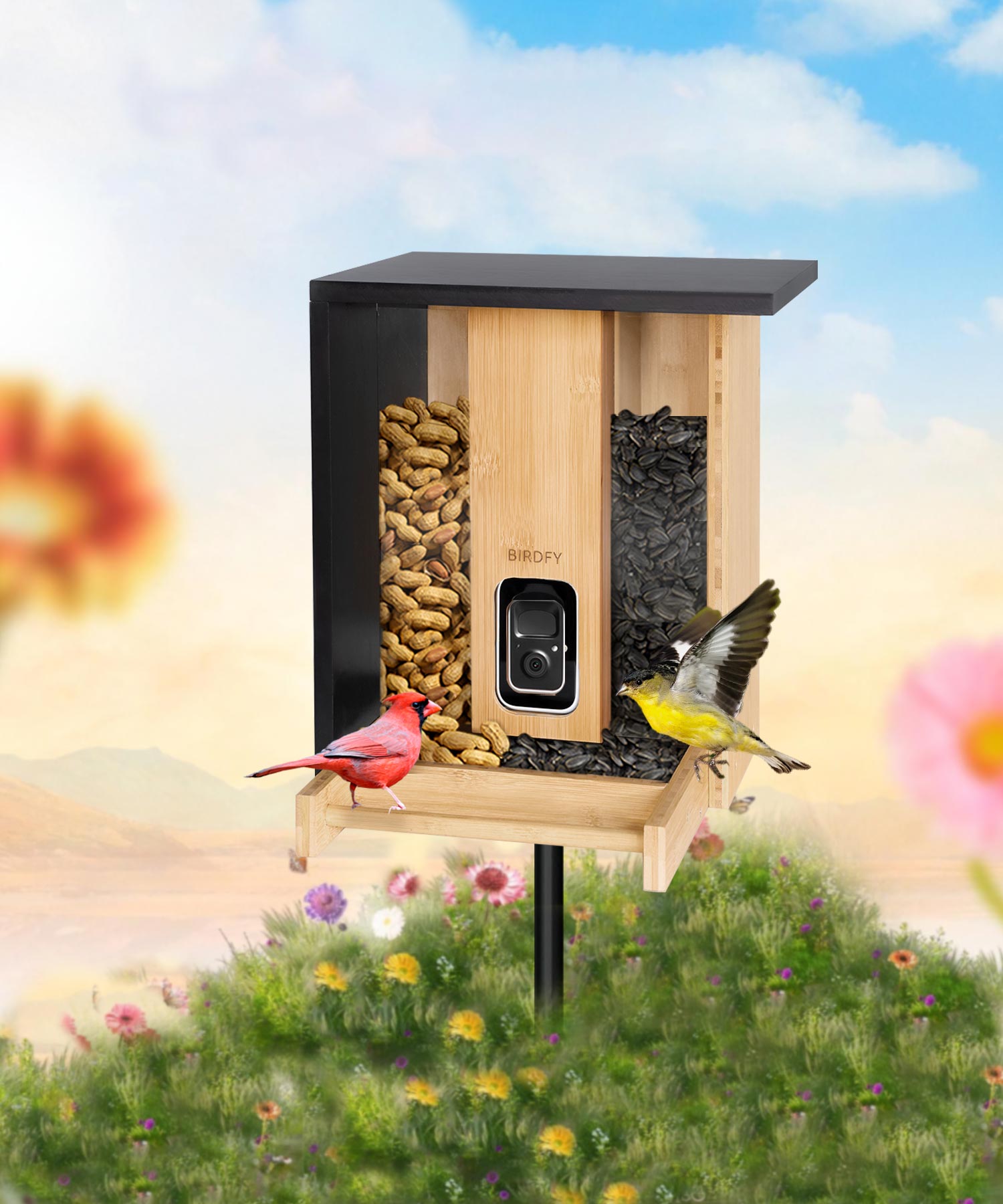Surprising Swallow Nesting Habits!
Swallows are fascinating birds known for their graceful flight and aerial displays. They are a species in the Hirundinidae family found on every continent except Antarctica. Another interesting aspect of swallows is how they nest, which differs from species to species. In this article, we will discuss what kind of nest swallows build, whether they reuse nests and the timing of the nesting activities. So, let's have an in-depth look at their nesting habits.
What Kind Of Nests Do Swallows Build?
Swallows have many varying habits but are known for their unique nesting habits. In most cases, they use mud, grass, feathers, and other natural materials to build their nests. Although the nest is often the result of a collaborative effort between male and female swallows, this is not always the case.
-
Mud: Several species, such as the Barn Swallow, use mud for most of their construction material. After collecting mud from puddles, riverbanks, or any other wetted area, they make a cup or bowl-shaped mud structure from the collection. As the mud dries, it hardens to give the eggs and chicks a sturdy, insulated environment.
-
Grass and other plants: These birds feed on grass, straw, and other plant material when combined into their nests. These materials also add insulation and cushioning for the eggs and chicks. The availability of resources in its habitat determines how plant material can be used.
-
Feathers and Other Soft Materials: They line their nests with feathers, down, and other soft materials to create a comfortable environment for their young. The lining helps to keep them warm and gives chicks a cozy space once they hatch.
Nest Types By Species
The nesting behavior and preference of different species of swallows vary.
-
Barn swallows (Hirundo rustica) are commonly known for their characteristic cup-shaped nests made of mud and grass. They usually create their nests in sheltered places, such as barns, under the eaves of buildings, or under bridges. Nests are generally open at the top, providing easy access to the adult birds.
-
Cliff Swallow (Petrochelidon pyrrhonota) mud nests are gourd-shaped and made in colonies that attach themselves under overhangs, gorges, or artificial structures. Their nests are more enclosed than Barn Swallows, with a tiny opening at the top.
-
Tree Swallows (Tachycineta bicolor) are cavity nesters, such as woodpecker holes or artificial nest boxes. Their nests are lined with feathers and other soft materials, providing a cozy environment for their young.
-
Purple Martins (Progne subis) are a unique species. Although they sometimes use man-made structures for nesting, they prefer to nest in multi-compartment houses or houses made of gourds that people provide. Their nests are made of grass, feathers, and other soft materials.
What Kind Of Nest Do Tree Swallows Have?
One of the most common and well-known swallow species in North America is the Tree Swallow. Interestingly, one of the things that make them interesting is their nesting habit because they choose to nest in cavities and artificial nesting sites.
Nesting Behavior
Tree Swallows typically nest in a tree cavity or artificial nest box. They are adaptable, using human-made structures in suburban and rural areas. Nests built at heights of 3 to 15 feet above the ground provide some protection from predators.
Nest Structure
Their nests are built as cup-shaped and lined with soft materials. In the process of construction, they are:
-
Site selection: Tree swallows are selective about their nesting site. Specifically, they prefer locations with at least some shelter and protection from predators. However, these birds really like nest boxes as they give them a safe and convenient place to nest.
-
Nest Building: Both male and female ones participate in nest building. The male gathers materials, but the female chooses the final nesting site. Building the nest using grasses, feathers, and other soft materials creates a comfortable environment for the eggs and chicks.
-
Lining the Nest: After constructing the basic structure, the female lines the nest with soft materials like feathers. The lining helps insulate the eggs and provides a cozy environment for the chicks as they hatch.
Nest Characteristics
Average Tree Swallow nests are small, usually between 4 and 6 inches wide. The actual feathers are often lined thickly with a layer of feathers to keep the eggs warm, along with the cushioning for the chicks. These small entrances allow adults easy access and keep predators out. These birds usually build nests near water sources, mostly eating insects while catching them in a flight.
What Month Do Swallows Build Nests?
The timing of their nest building varies by geographic location and environmental conditions. Typically, they start their nesting activities in spring, when warmer temperatures and food sources begin.
-
Northern Region: Swallows in northern areas typically return to their northern Canada and northern United States areas from late March to early April. Usually, nest building starts as soon as they make their home, though new often peak in late April and early May. The time is critical because they must ensure their young get a chance to fly in time for the cold weather in the winter.
-
Southern Regions: In southern regions of the USA, like Mexico, these birds may start nesting in February or March. The warmer climate allows their breeding season to begin earlier, and they can breed multiple times in the same season.
-
Weather Conditions: Weather can also affect when the nest building is completed. Swallows can be delayed by unseasonably cold temperatures or heavy rainfall, which can also lead to them being unable to collect or gather nesting materials. They are highly adaptive and can change their nesting schedules in response to local conditions.
Do Swallows Use The Same Nest?
Do Swallows reuse nests from previous years? It is a fascinating question, but it depends on different species and individual circumstances:
Nest Reuse Behavior
-
Barn Swallows: They reuse their nests from previous years if the nest is in good condition, especially if it is relatively new. The old nest may be renovated by adding new materials to prepare it for the current breeding season. It saves time and energy in constructing a nest and provides a cozy, familiar, and safe environment to rear their young.
-
Cliff Swallows: They also exhibit nest reuse behavior, but primarily in colonies where more than one bird could use the same nest site. They often strengthen the communal nesting structure by following the same area yearly. They may, however, construct new nests if the old ones are destroyed or if they want the site to be different.
-
Tree Swallows: Barn and Cliff species are less likely to reuse nests than Tree Swallows. Though they may use the same nesting area yearly, they construct new nests using natural or artificial nest boxes. The availability of suitable nesting sites and the condition of previous nests may affect this behavior.
Conclusion
Indeed, the swallow is a remarkable bird, even with its various nesting habits, which testify to its adaptability and creativity. Each species has developed unique strategies for raising their young, including nesting in Barn Swallows' mud and grass nests, in cavities like Tree Swallows, and on bare cliffs.
































